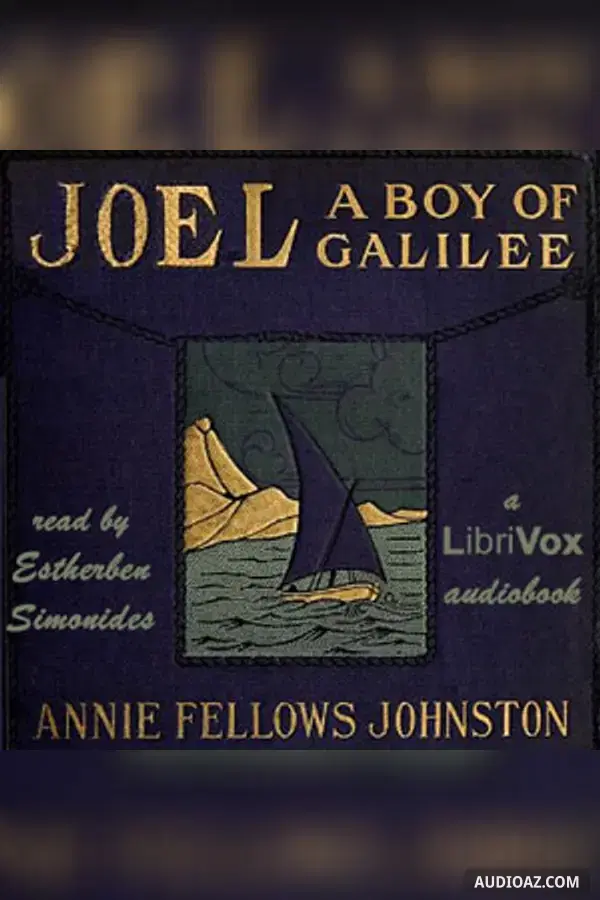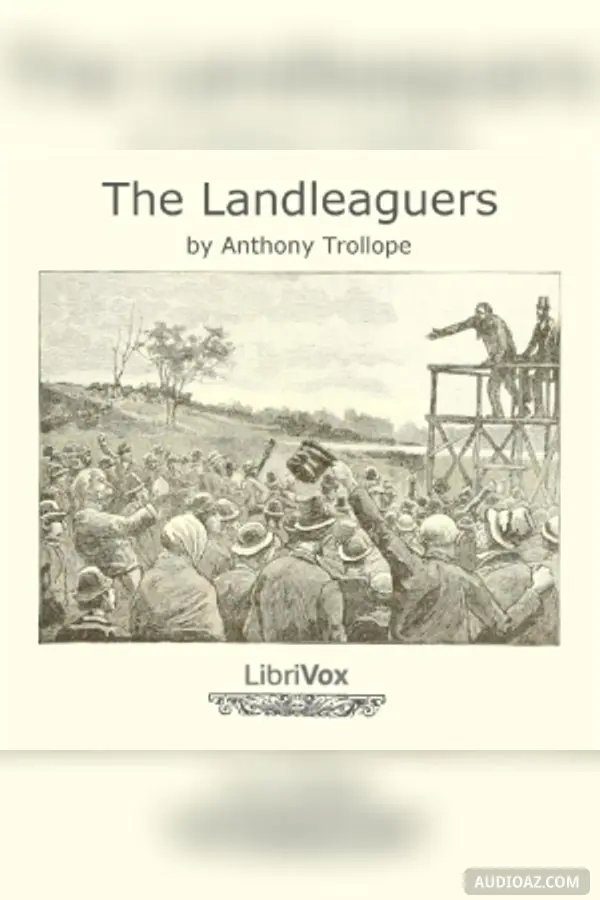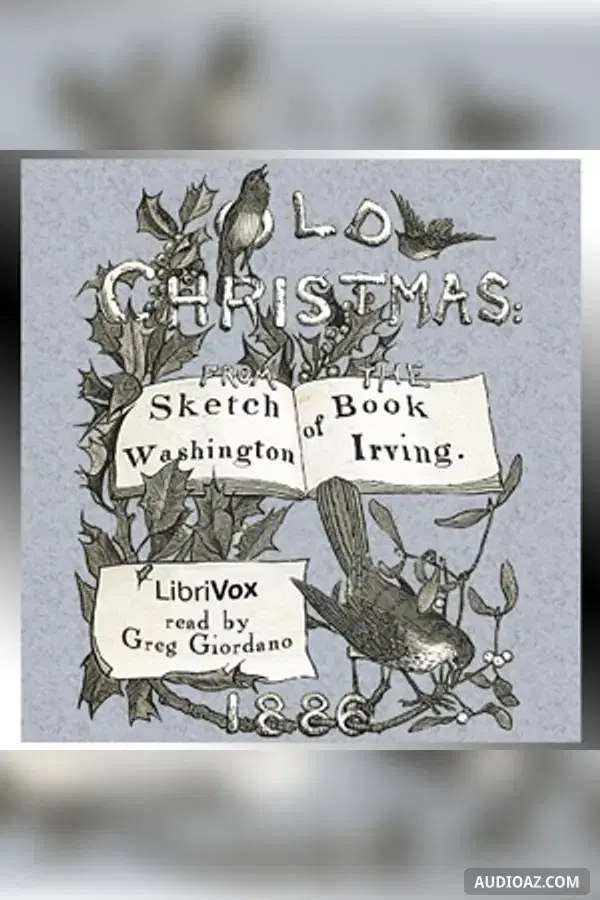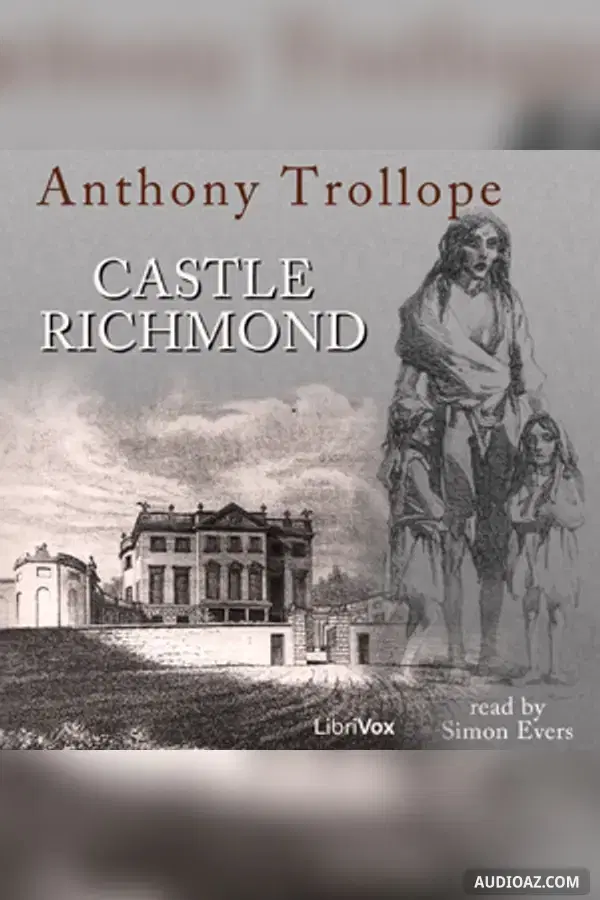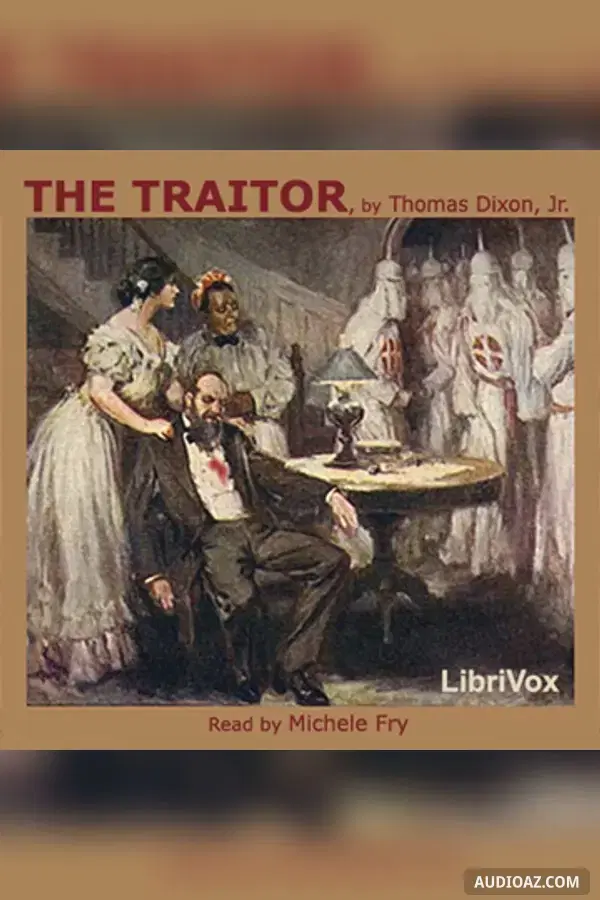
The Traitor - Sách nói Miễn phí
Tác giả: Thomas Dixon, Jr.
Ngôn ngữ: English
Thể loại: Tiểu thuyết lịch sử
1 / 351.1 The Threat
- 1. 1.1 The Threat
- 2. 1.2 Mr. Hoyle Receives a Shock
- 3. 1.3 A Blow is Struck
- 4. 1.4 The Old Code
- 5. 1.5 Graham vs. Butler
- 6. 1.6 Scalawag and Carpetbagger
- 7. 1.7 The Reign of Folly.....
- 8. 1.8 The Masqueraders
- 9. 1.9 A Counter Stroke
- 10. 1.10 The Strength of the Weak
- 11. 1.11 Through the Secret Panel
- 12. 2.1 Stella's Resolution
- 13. 2.2 Weighed and Found Wanting
- 14. 2.3 The Trap is Set
- 15. 2.4 Ackerman Secures a Pledge
- 16. 2.5 In the Toils
- 17. 2.6 The Train for the North
- 18. 2.7 The Daughter of Eve
- 19. 2.8 The Tracks at the Door
- 20. 2.9 A Test of Strength
- 21. 2.10 Behind Bolted Doors
- 22. 2.11 A Voice in Warning
- 23. 2.12 The Trap is Sprung
- 24. 2.13 For Love's Sake
- 25. 2.14 The Judgment Hall of Fate
- 26. 3.1 The Arrest
- 27. 3.2 Through Prison Bars
- 28. 3.3 A Woman's Way
- 29. 3.4 The Hon. Stephen Hoyle
- 30. 3.5 Ackerman Cornered
- 31. 3.6 Through Deep Waters
- 32. 3.7 The Prisoner at the Bar
- 33. 3.8 The Ministry of Angels
- 34. 3.9 The Day of Atonement
- 35. 3.10 Under Bright Skies
Giới thiệu
Dixon lived through Reconstruction, and believed it ranked with the French Revolution in brutality and criminal acts. The Traitor (1907), the final book in his trilogy which also includes The Leopard’s Spots (1902), and The Clansman (1905), spans a two-year period just after Reconstruction (1870-1872), and covers the decline of the Ku Klux Klan in North Carolina. Dixon, whose father was an early Klan leader, maintained that the original Klan, the “reconstruction Klan” was morally formed in desperation to protect the people from lawlessness, address Yankee brutality, and save southern civilization. Now, in this final installment, he portrays how and why the later Klan falls into disrepute. The story includes folk legends, haunted houses, secret passageways, and spectral apparitions as part of its complicated story, weaving fact, fiction and romance in typical Dixon style.
While defamed as a white supremacist by today’s multi-cultural society, thus falling far out of favor, Dixon was one of the most popular American writers of the period, faithfully depicting the wide range of racial/cultural opinions of 19th century America. (Summary by Michele Fry)
Bình luận
Hãy là người đầu tiên bình luận
Chưa có bình luận nào về nội dung này. Hãy bắt đầu cuộc trò chuyện!
Khám phá thêm
Thẻ: The Traitor audio, The Traitor - Thomas Dixon, Jr. audio, Tiểu thuyết lịch sử audio, free audiobook, free audio book, audioaz

